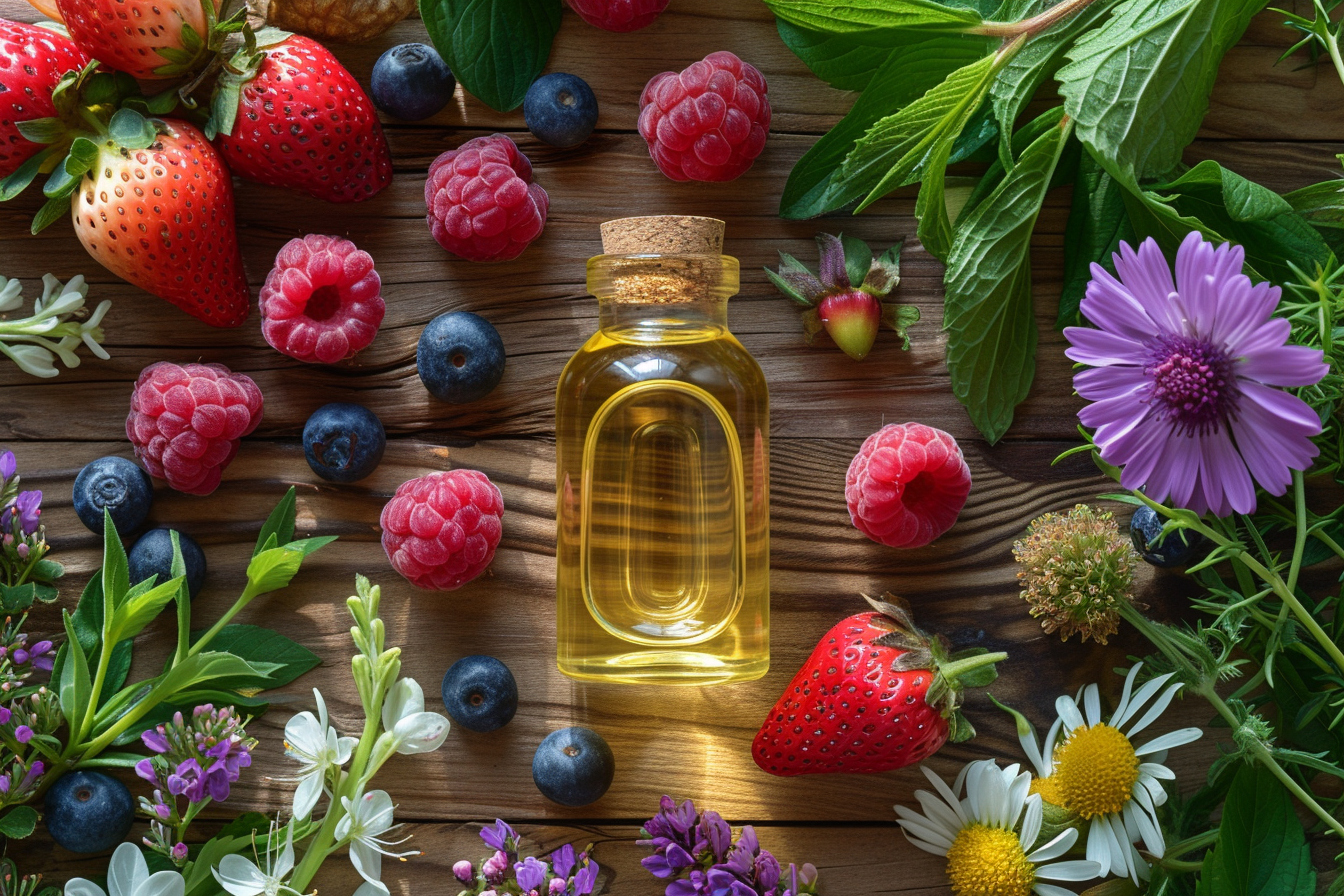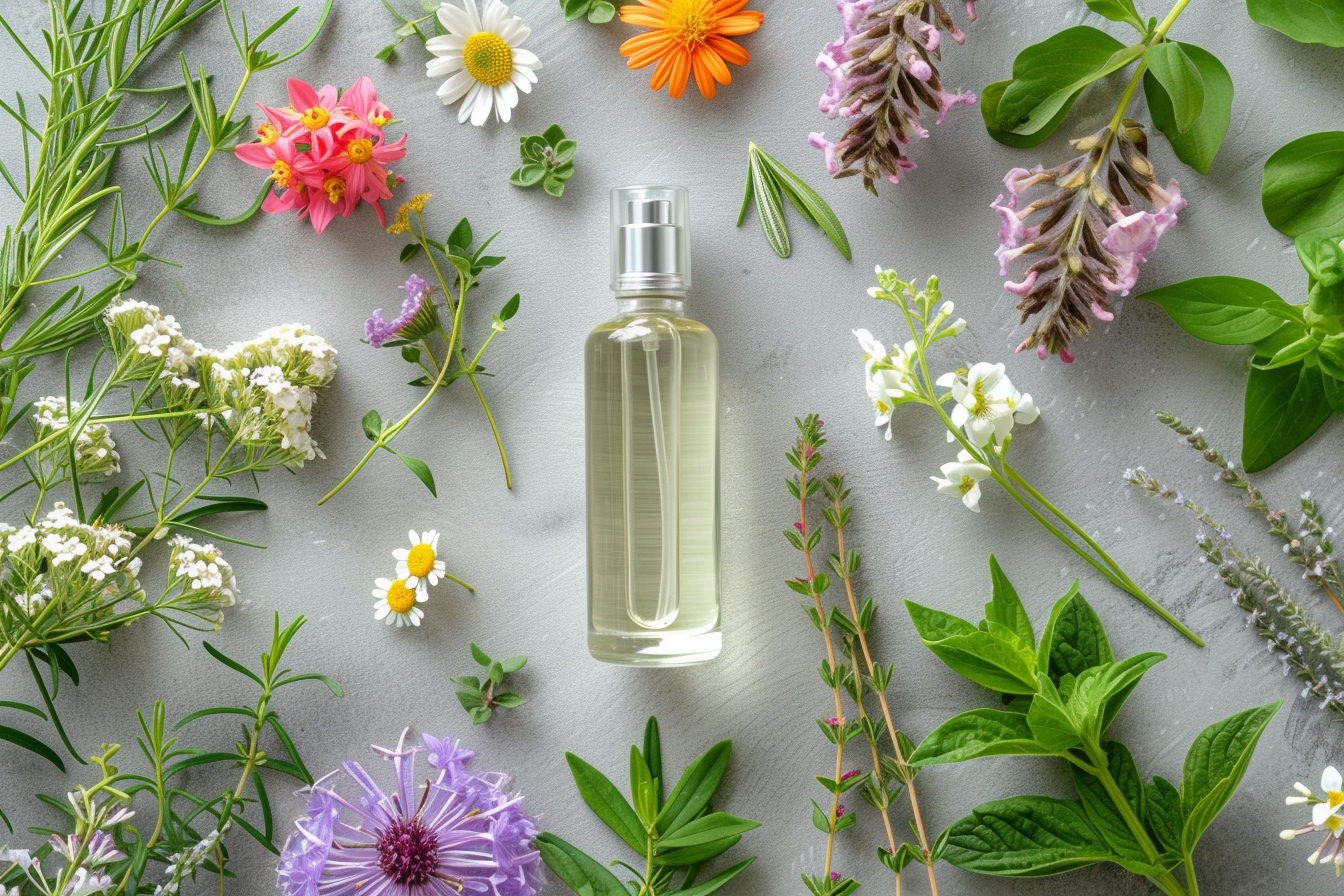Creating a personal fragrance that speaks to your style and personality is a deeply satisfying experience. Crafting your own perfume at home allows for a level of customization not often found in store-bought options. In this comprehensive guide, we’ll delve into the world of DIY perfume making, sharing essential tips to help you concoct your own signature scent.
Understanding the basics of perfume composition
Perfume construction is an art form that balances aesthetics with chemistry. The structure of a perfume can be likened to an olfactory pyramid, consisting of three main components: top notes, middle notes, and base notes.
- Top notes are the initial burst of scent that greets the nose, usually light and refreshing. These notes evaporate quickly and typically last for about 15 minutes before transitioning to the heart of the perfume.
- Middle notes, also known as heart notes, form the core of the fragrance. These are usually more mellow and come into play after the top notes. They serve as a bridge to the richer base notes and usually last from
20 minutes up to an hour. - Base notes are the final, lingering impressions of the perfume. These scents are more profound, often earthy or musky, and provide a lasting foundation for the top and middle notes.
Understanding how these elements interact is crucial for creating a balanced and appealing perfume.
Selecting the right ingredients

The selection of ingredients determines the quality and character of the final product. High-quality essential oils and absolutes are fundamental for DIY perfumers.
Essential oils:
Extracted from flowers, leaves, stems, roots, and even the peels of fruits, essential oils are the essence of plant fragrance. Some popular choices include:
- Citrus oils like lemon, bergamot, and orange for invigorating top notes.
- Floral oils like rose, jasmine, and lavender that often serve as the middle notes.
- Woodsy oils such as cedarwood, sandalwood, and patchouli, typically used as base notes.
absolutes:
More concentrated than essential oils, absolutes are extracted through a solvent method. They offer a depth of scent particularly well-suited for the heart and base of the perfume.
Alcohol and carrier oils:
Pure grain alcohol or a carrier oil like jojoba or almond oil is an essential part of your perfume, acting as a solvent for essential oils and allowing for easier application.
Crafting your signature scent
When making perfume, a creative and patient approach is key.
Step-By-Step guide to diy perfuming:
-
Gather Materials: Besides essential oils and carrier oil or alcohol, ensure you have pipettes for precise measurement, a glass mixing bottle, and a storage bottle for the final product, preferably dark glass to protect the perfume from light.
-
Start Blending: Begin with the base notes, as they will set the groundwork for your scent. Add drop by drop, smelling as you go to monitor the intensity.
-
Incorporate Middle Notes: Once you’re satisfied with the base, introduce your chosen middle notes. This stage will give your perfume its heart, so take your time blending.
-
Finish with Top Notes: Complete your perfume with the addition of top notes, keeping in mind their fleeting nature.
-
Dilution: After mixing your oils, dilute the blend with your chosen alcohol or carrier oil. A general guideline is a 15-30% concentration of essential oils to alcohol or carrier oil.
-
Aging Your Perfume: Store your blend in a cool, dark place for at least a month. This maturation period is crucial as it allows the scents to fuse and the perfume’s true fragrance to emerge.
-
Test and Tweak: After the aging process, test your perfume. If necessary, make small adjustments to perfect the fragrance, and then allow it to age again.
Tips for successful blending:
- Less is more. Start with a lighter hand as you can always add, but you can’t subtract.
- Write down your recipe. Keeping precise notes will help you replicate or alter your perfume as needed.
- Trust your nose. Your preference is what matters most in DIY perfume crafting.
- Experiment. Don’t be afraid to try unconventional mixtures or ratios.
Storage and use of homemade perfume
Proper storage is vital for maintaining the integrity of your DIY perfume. Dark glass bottles, away from direct sunlight and heat, preserve the longevity of the scent. If using carrier oils, roll-on bottles allow for easy application to the pulse points where the body heat will activate the perfume. For alcohol-based creations, spritz bottles facilitate a fine mist, distributing the scent more broadly.
Understanding skin chemistry and allergies
Be aware that everyone’s skin chemistry is unique, and a scent will not smell exactly the same on every individual. Moreover, ensure that you are not allergic to any of the components used in your perfume. Conducting a patch test before regular use is a wise precaution.
Unleashing creativity in perfume making
Beyond the scent itself, the process of crafting a signature perfume is a journey of discovery and self-expression. Experimentation is the heart of DIY perfume crafting, offering countless possibilities to those willing to explore them.
In pursuit of the perfect fragrance, trust your senses and let passion be your guide. With the right ingredients, a touch of patience, and a dash of creativity, the art of perfume crafting is an enriching experience that yields a truly personalized touch to your individuality. As you blend and balance the components of your perfume, remember that the most successful scents are those that resonate with the creator. Embark on this sensory adventure with an open mind and an eager nose, and revel in the alchemy of perfume crafting.

Leave a Reply